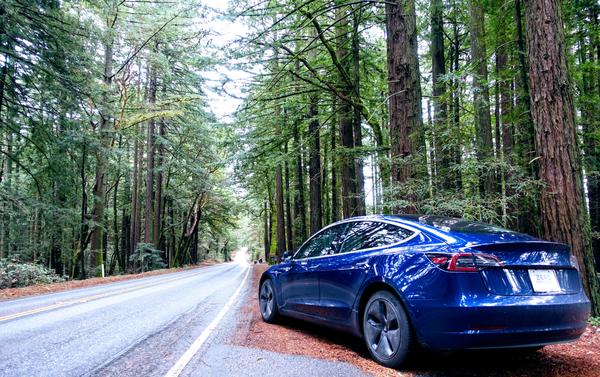 Almost everyone attending college takes an economics course and hears at least one lecture on the “law of supply and demand” in which the phrase the invisible hand will be ascribed to a legend in the field: Adam Smith as expressed in the Wealth of Nations. The energy industry has a long history of a love-hate relationship to this invisible hand. We invented demand response to limit the price spikes when demand exceeded supply and we came up with incentive rates to increase demand when supplies were in excess of that.
Almost everyone attending college takes an economics course and hears at least one lecture on the “law of supply and demand” in which the phrase the invisible hand will be ascribed to a legend in the field: Adam Smith as expressed in the Wealth of Nations. The energy industry has a long history of a love-hate relationship to this invisible hand. We invented demand response to limit the price spikes when demand exceeded supply and we came up with incentive rates to increase demand when supplies were in excess of that.
I am wondering what Adam Smith might say if he were brought up to date about the state of affairs in the American energy situation now that solar has both stopped the growth of energy use while also destroyed the load factor in ways few imagined. Our brilliant engineers and accountants crafted all sorts of cost allocation and cost recovery mechanisms based upon the past … and they are not up to the challenges of the near term and the future.
But, while the electric utilities are still just now preparing to think this through with their legislators, regulators, and communities the petroleum industry seems to be taking the gloves off. Here was an article/advertisement/opinion piece from the USA Today.
It seems another Politics makes strange bedfellows. This saying is adapted from a line in the play The Tempest , by William Shakespeare: “Misery acquaints a man with strange bedfellows.”
Misery … yep … that’s it.

 The latest emphasis on beneficial electrification reminds me of when I first entered the electric utility sector almost 35 years ago. Cogeneration and gas cooling had the electric utilities flummoxed. They simply did not know how to “compete” with low natural gas prices and a seemingly endless supply of manipulative wheelers and dealers who made it easy for customers to switch.
The latest emphasis on beneficial electrification reminds me of when I first entered the electric utility sector almost 35 years ago. Cogeneration and gas cooling had the electric utilities flummoxed. They simply did not know how to “compete” with low natural gas prices and a seemingly endless supply of manipulative wheelers and dealers who made it easy for customers to switch.
